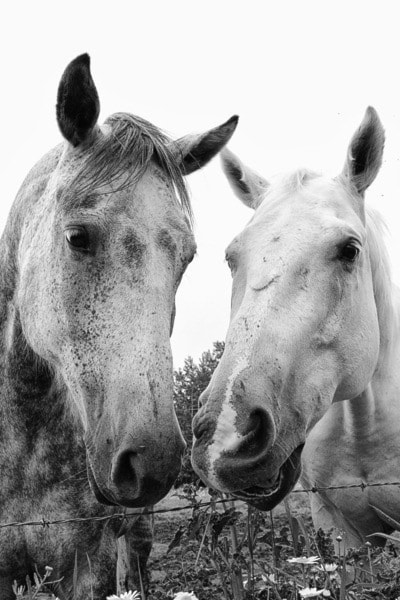A portrait is an artistic representation of an individual with a goal of capturing some likeness as to who they are, however, in the opinion of famous photographer, Richard Avedon, “A portrait is not a likeness. The moment an emotion or fact is transformed into a photograph it is no longer a fact but an opinion. There is no such thing as inaccuracy in a photograph. All photographs are accurate. None of them is the truth. “ And on that subject, with I suppose not so differing an opinion, popular American painter Jamie Wyeth wrote, “Everything I paint is a portrait, whatever the subject.”
Most of the photography I do is portraiture, whether wedding pictures, for a family, or in private sessions. My opinion is that portraits are pretty narcissistic and because of that, can be much harder to do than many other photographic pastimes. Make a bad landscape and no one will really care, capture a bird in flight poorly and it’s no big deal, but hand a person an unflattering photograph of themselves and one just may have made an enemy for life.
I think a portrait can be a representation of anything and doesn’t necessarily need to only be of people. Years ago my wife and I had show dogs and would regularly attend organized events in hope of having some judge select our dog as best from some group, and winning, we would walk our dog to a photography booth set up by a skilled dog portraitist for pictures.
As I watched a TV show earlier this week I noticed framed pictures of the owner’s cat hanging on the wall, and I have seen all types of pet portraits in friends’ homes. I think a picture of that favourite car, motorcycle, boat or even treasured holiday snapshot, can be called a portrait. I do think many photographers might agree with the painter Wyeth’s contention that, “Everything I paint (or photograph) is a portrait, whatever the subject.”
Last Monday I went for a slow drive through neighbouring roads high above my place in Pritchard. I hadn’t been there since before the Martin Mountain fire and wondered how close it had come to some of the homes (very close). I had brought my camera, not so much to do any scenics, but because I hoped to find some cows, horses, or deer to photograph. I wanted head and shoulder compositions (or portraits), not animals in the landscape.
I leisurely drove around, passing lots of roadside deer, and horses and cows munching in fields. Finally I chanced on two horses standing very close to a fence. My choice was how to place them in the composition and what kind of perspective would make my images more than just a pleasing documentary of two horses in a field. I could get close easily, as these were pets, not wild animals, and I knew they would be curious, so I mounted a 16-85mm lens on my camera, walked through the wet grass to the fence, and worked angle after angle, changing focal length continually.
From the first paragraph, by including the words “artistic representation” after “goal of capturing some likeness” to the definition of a portrait seems appropriate when a photographer captures human-like qualities in animal portraits. I wanted a picture that included me, or at least inferred some conversation between the horses about me, and what I was doing there. A portrait of someone or something doesn’t always have to be about beauty or even reality or as Avedon said “is not a likeness... but an opinion”.
One needs to be imaginative and experiment with different lenses and show differing perspectives of subjects and surely the portraits created will be more than just captured likenesses.
